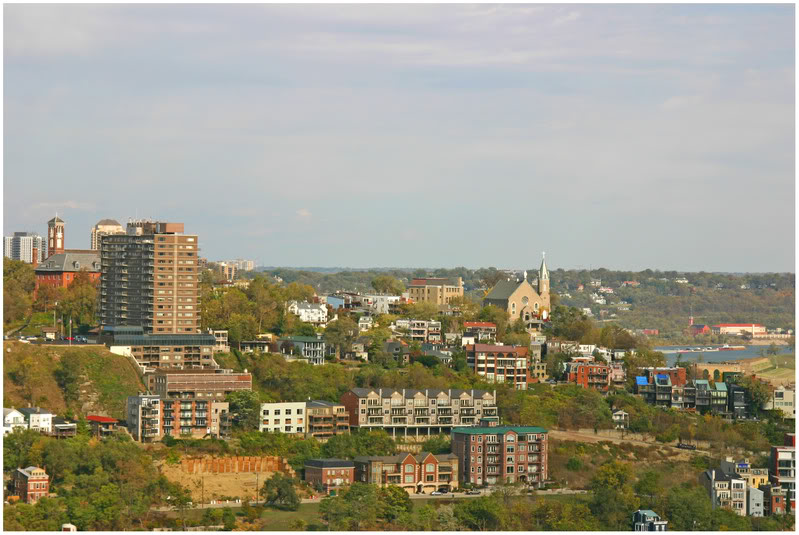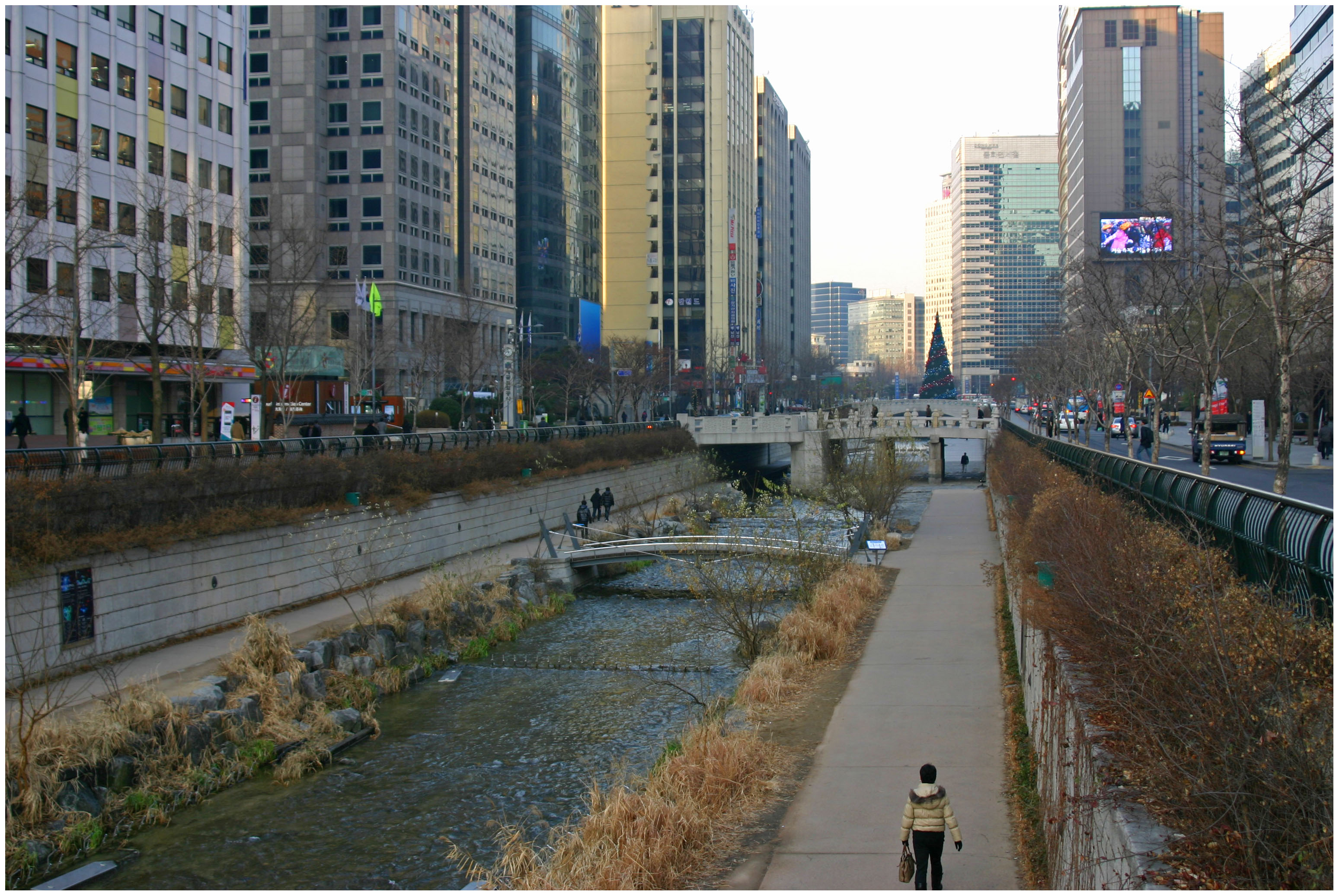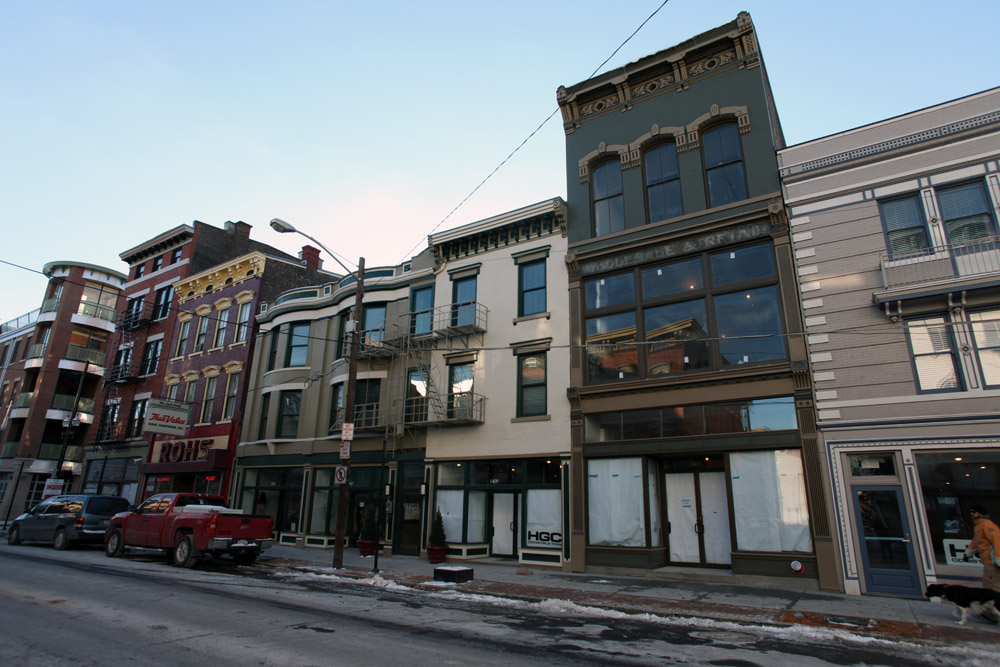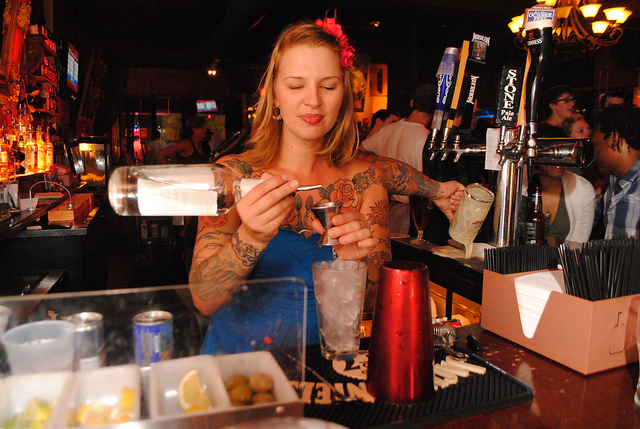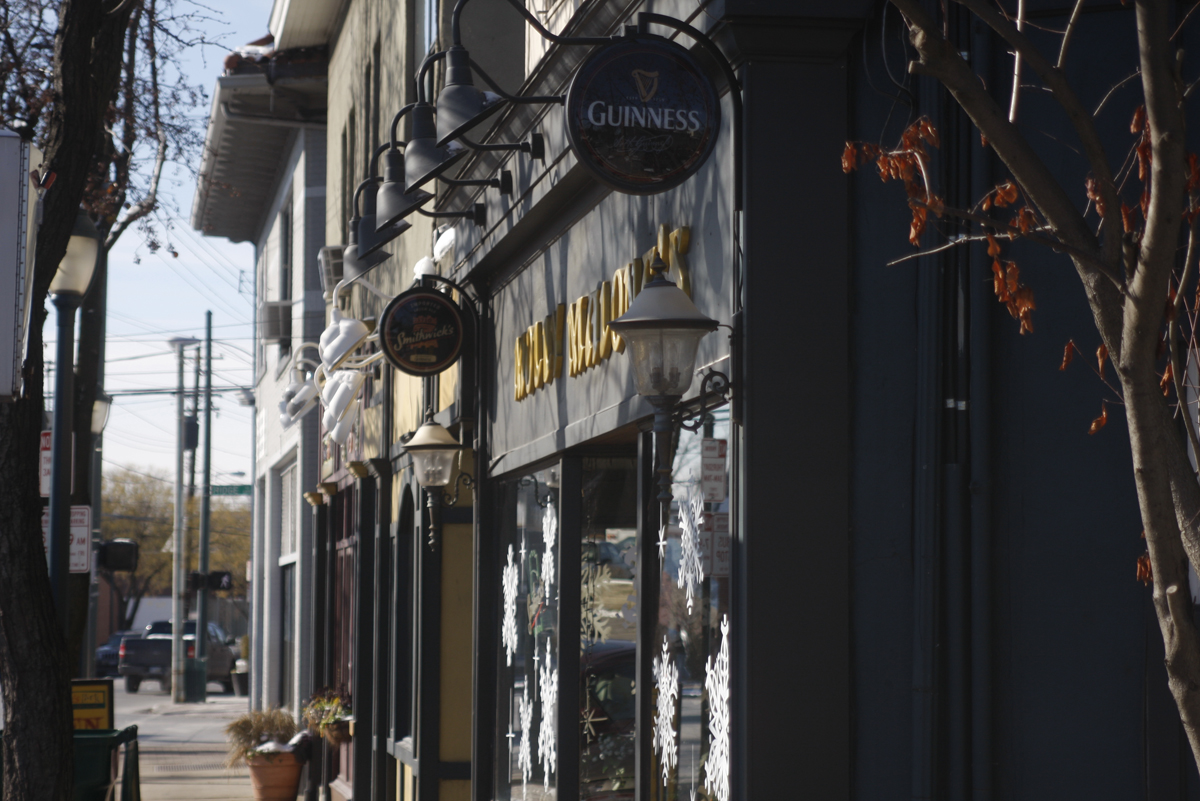 Molly Wellmann has finally settled down. After several years of flitting from bar to bar, private party to private party, dazzling the public and educating Cincinnati about the art of cocktails, Wellmann has committed to a serious relationship with one the most successful bars in the Over-the-Rhine neighborhood.
Molly Wellmann has finally settled down. After several years of flitting from bar to bar, private party to private party, dazzling the public and educating Cincinnati about the art of cocktails, Wellmann has committed to a serious relationship with one the most successful bars in the Over-the-Rhine neighborhood.
The ownership at the Neon’s Unplugged has acquired Japp’s, located at 12th and Main streets in Over-the-Rhine. Once a former 19th century wig store, then turned restaurant in the mid-90’s, the storefront has sat vacant for many years. Together with Michael Redmond, John Back, and the other partners at Neon’s, Wellmann hopes to restore the space into a new venue where patrons will be able to enjoy affordable, authentic craft cocktails.
The 1,700 square-foot bar and lounge area has “solid bones,” according to owner and head designer John Back. “The space is going to stay formal yet accessible,” he explained. “The basement has a ton of memorabilia, both from the original hair store and stuff from Main Street’s heyday in the 90’s.”
According to ownership, the space needs much work, especially replacing or refinishing the floor, but the end result will be something resembling a classic 19th century cafe, evoking the pre-Prohibition old saloon spaces without attempting to be a period place (no handlebar moustaches here). Like the old time saloons, Japp’s will also sell speciality locally made desserts as well as tobacco products, though the space will not have an in-house kitchen.
“We have a lot of classic things from the turn of the century, but we’re still in the modern era,” Wellmann explained to UrbanCincy. “We want to pay homage to both. It will be the same with the cocktails – acknowledging the past, but with a new twist.”
According to Wellmann, the cocktails will stick to classics ranging from the 1700s to 1950s. She also plans on staying away from infused liquor. The hope is to make as many house-made cocktail mixers as possible – for example, in-house grenadine and fresh squeezed juices.
When it came to the location and the idea of restoring another neighborhood icon, it just seemed to make sense to Wellmann, Redmond and Back.

“Think about what is happening here in Over-the-Rhine, right now. This revitalization is the result of well thought out change, and it’s amazing to be included. Look out the front door [of Japp’s], and there’s 12th Street, like a grand avenue ahead of you,” said Redmond. “You look out over 12th Street and end at Japp’s. It’s a pretty awesome location!”
The ownership group hopes that having two bars in close proximity will open up more opportunities to improve other parts of the neighborhood – including parking, wayfinding, and lighting. They say this will make them become even bigger advocates for the community and 12th Street district.
Goetz Alley in the back of the new bar provides a potential for outdoor space, and a visual connection to Neon’s, the sister bar. Many of the guiding principles that makes Neon’s a popular neighborhood spot will carry over to Japp’s.
“When we first opened Neon’s, early on we decided that we were always going to offer value proposition,” said Back. “The price of a Jack & Coke at Japp’s will be the same price as a Jack & Coke at Neon’s.”
Wellmann was quick and emphatic to point out that the main cocktail list will all be priced under $10. She says that patrons will have the option to buy a $10 to $12 drink, but that it will be the exception, not the norm. The group is also excited to expand the community’s palate without emptying their wallet’s by bringing in a wider variety of little-known beers and alcohols.
Hours of operation have yet to be set, but the ownership team is offering an optimistic timely for a soft opening in early summer 2011. They also said that the establishment’s operations will run in conjunction with Neon’s.
“Ultimately, the Japp’s experience will be understated, accessible elegance,” says Molly. “There will be the same neighborhood feel that everyone loves at Neon’s, but it won’t be a place where you get hammered drunk. You bring your out of town friends to show off the neighborhood, to display one of Cincinnati’s best sides.”
Stay up-to-date by following Japp’s on Twitter @Japps1879.
